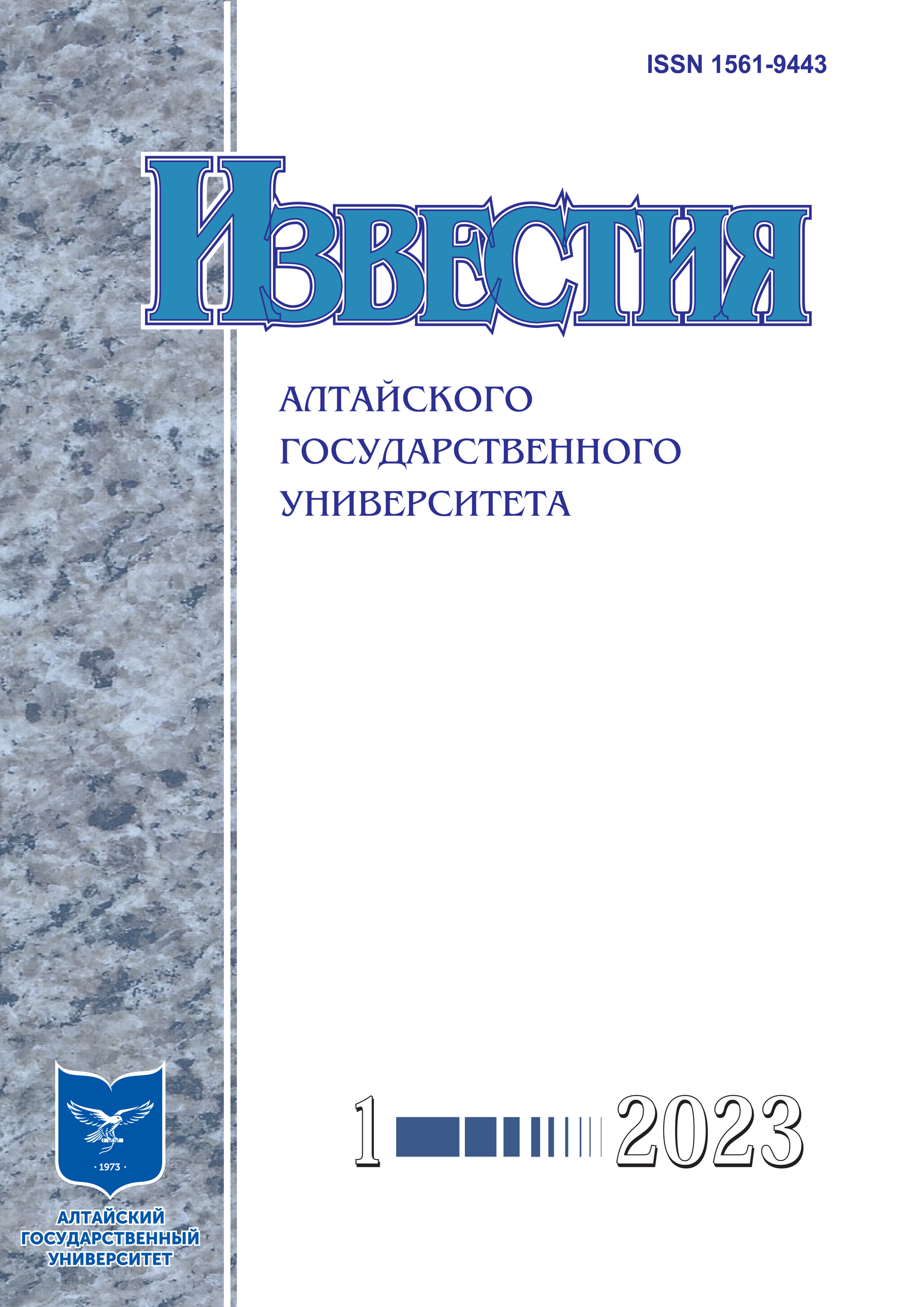Approaches to Studying Collective Behavior Models in Competitive Markets: Peculiarities and Insights
УДК 519.6: 339.137.2
Abstract
The paper addresses the problem of achieving Nash equilibrium in an oligopoly market where common knowledge is absent. It explores two approaches to study the convergence conditions of the dynamics in a linear oligopoly model with any number of Cournot or Stackelberg reflexive agents.
The first approach utilizes indicator functions to guide agents in adjusting their outputs to reach the optimum under existing competitors' outputs. The second approach uses norms of transition matrices from iteration to iteration in the computational process. The paper presents the authors' research results, including necessary mathematical lemmas and statements, and computational experiments with the models.
The paper emphasizes several important features of the approaches, such as the conditions for individual agent choices that ensure the convergence to equilibrium of collective behavior dynamics for duopoly and any number of agents in the market, the convergence criteria of the dynamics, and the calculation of indicator functions and norms of transition matrices.
Downloads
Metrics
References
Novikov D.A., Chkhartishvili A.G. Reflexion and Control: Mathematical Models. Leiden, 2014.
Новиков Д.А. Модели динамики психических и поведенческих компонент деятельности в коллективном принятии решений // Управление большими системами: М., 2020. Вып. 85.
Ueda M. Effect of Information Asymmetry in Cournot Duopoly Game with Bounded Rationality // Applied Mathematics and Computation. 2019. Vol. 362. DOI: 10.1016/j. amc.2019.06.049.124535.
The Handbook of Experimental Economics / Ed. by Ka-gel J. and Roth A. Princeton: Princeton University Press, 1995.
Опойцев В.И. Равновесие и устойчивость в моделях коллективного поведения. М., 1977.
Nash J. Non-Cooperative Games // Annals of Mathematics. 1951. № 54.
Малишевский А.В. Качественные модели в теории сложных систем. М., 1998.
Cournot A. Researches into the Mathematical Principles of the Theory of Wealth. London, 1960. (Original 1838).
Stackelberg H. Market Structure and Equilibrium New York, 2011. (Original 1934).
Алгазин Г.И., Алгазина Д.Г. Моделирование динамики коллективного поведения в рефлексивной игре с произвольным числом лидеров // Информатика и автоматизация. 2022. № 21 (2). D0I:10.15622/ia.21.2.5.
Algazin G.I., Algazina Yu.G. To the Analytical Investigation of the Convergence Conditions of the Processes of Reflexive Collective Behavior in Oligopoly Models // Automation and Remote Control. 2022 Vol. 83 (3).
Copyright (c) 2023 Юлия Геннадьевна Алгазина , Дарья Геннадьевна Алгазина

This work is licensed under a Creative Commons Attribution 4.0 International License.
Izvestiya of Altai State University is a golden publisher, as we allow self-archiving, but most importantly we are fully transparent about your rights.
Authors may present and discuss their findings ahead of publication: at biological or scientific conferences, on preprint servers, in public databases, and in blogs, wikis, tweets, and other informal communication channels.
Izvestiya of Altai State University allows authors to deposit manuscripts (currently under review or those for intended submission to Izvestiya of Altai State University) in non-commercial, pre-print servers such as ArXiv.
Authors who publish with this journal agree to the following terms:
- Authors retain copyright and grant the journal right of first publication with the work simultaneously licensed under a Creative Commons Attribution License (CC BY 4.0) that allows others to share the work with an acknowledgement of the work's authorship and initial publication in this journal.
- Authors are able to enter into separate, additional contractual arrangements for the non-exclusive distribution of the journal's published version of the work (e.g., post it to an institutional repository or publish it in a book), with an acknowledgement of its initial publication in this journal.
- Authors are permitted and encouraged to post their work online (e.g., in institutional repositories or on their website) prior to and during the submission process, as it can lead to productive exchanges, as well as earlier and greater citation of published work (See The Effect of Open Access).








